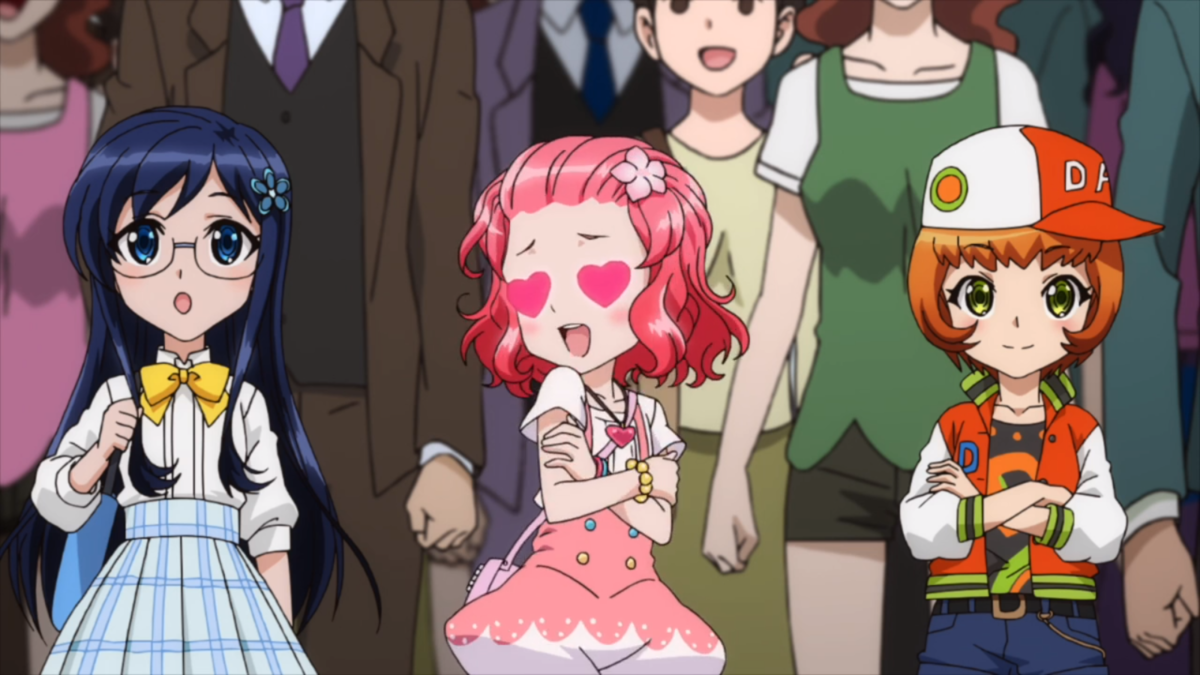For many reading this, the issue of problems with streaming video is likely an old subject, but it is one that has recently come home to me, so I’d like to talk about it—with the caveat that I’m no expert in internet technology. There is a real benefit to owning physical copies of content, and that benefit has become increasingly clear to me in recent days.
A few years ago, out of nowhere, the “long lost” English dub of the famous 1982 magical girl series Minky Momo suddenly appeared without fanfare and without explanation on Amazon. The show had, when translated, been repackaged as a series of “movies,” each consisting of four episodes. Because there were a lot of episodes, there were a lot of movies, and Amazon had foolishly priced them like movies instead of like a TV series, so watching the entirety of the translated Minky Momo could cost a few hundred dollars. I did not watch the entire series, simply because it was ridiculously expensive, but I did watch a fair amount of it, and I had to fork over a lot of cash to do so.
The ability to purchase Minky Momo disappeared as suddenly and soundlessly as it came. The titles are still up on Amazon’s site, but now have the message, “Our agreements with the content provider don’t allow purchases of this title at this time.”
More recently, the same thing happened to Magical Girl Lyrical Nahoha. Previously, this series was available at no extra charge with an Amazon Prime membership. Now, it is no longer available. I feel lucky that I saw it before it disappeared. I don’t usually manage to hit the windows of availability like that. It still annoys me, though, since I went to all the trouble of writing reviews, and now the material I reviewed isn’t legally available. A quick search didn’t turn up any news items explaining the end of the show’s availability.

To Amazon’s credit, the situation is not as dire as I originally supposed. Nanoha, which was previously free with a Prime membership, is no longer accessible at all, but I can still watch the Minky Momo videos I personally purchased; I’m just unable to purchase new ones, and so is everyone else.
In a sense, I have no cause for complaint, because I can still get access to everything I have directly paid for. But if Amazon goes under (unlikely at the moment, but possible in the future), stops offering streaming, or decides it can no longer host Minky Momo at all, then there it goes, gone from my collection, and there is nothing I can do about it.
It’s for this reason I’ve had a preference for iTunes, even though it has its own issues. When I buy videos from iTunes, I can download the file and keep it myself. Some years ago, I was watching My Little Pony; after a silly controversy, one of the episodes was taken down, censored, and uploaded again, but by the time that happened, I already had the original version of the episode, so I was able to keep it, and neither iTunes nor Hasbro could do anything about it. However, if Amazon or another streaming service decided for any reason to censor content, there would be nothing anyone could do to about it, because the content is not on our own devices.
The very concept of content streaming implies a lot of trust, and big tech companies have adequately demonstrated in recent days that they do not deserve to be trusted. The move toward streaming and data “in the cloud” looks like the setup for a high-tech version of 1984 in which content, even of classical works, can be easily molded and censored to meet the demands of the Party. For the moment, that still sounds like a paranoid fantasy, but in another ten years, it won’t.
And it is not as if there is no precedent. Years ago, I discovered that a middle school English textbook I used had silently deleted all references to smoking from a supposedly complete copy of Hound of the Baskervilles, a shameless and inexcusable act of censorship. Recently, Sony has gotten into gamer news for censoring eroge games out of Japan; I admit I want those games censored or not published at all, but I also admit that if Sony can censor those, it can censor other things. Then we have Funimation, which has been caught at least twice inserting hamfisted political commentary into English dubs. We have Crunchyroll accused of something similar, though the accusations in that case are more dubious. Even if Crunchyroll is (so far) more professional in its handling of translations, its recent decisions and the antics of its staff inspire that same lack of trust.
Amazon’s catalog of available anime—or at least the anime I’m personally interested in—appears to be shrinking rather than expanding. At present, my plan is to finish up ViVid Strike! (still available though the other Nanoha titles are not) and then drop the service like a hot rock. For a little while, Amazon was looking to be a serious contender in the realm of anime streaming with Amazon Strike, but that died quickly. Apparently, anime streaming is the one type of business Amazon can’t completely take over.
Perhaps the problem is that they formerly hosted Minky Momo. According to Japanese legend, Minky Momo is a harbinger of disaster, so maybe she doomed Amazon Strike from the beginning.




